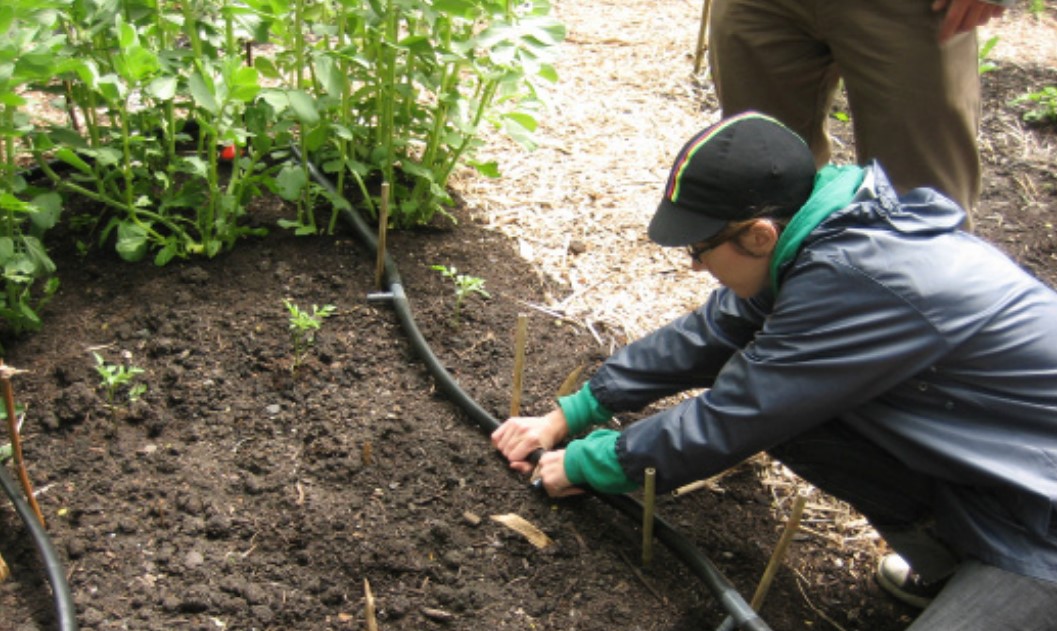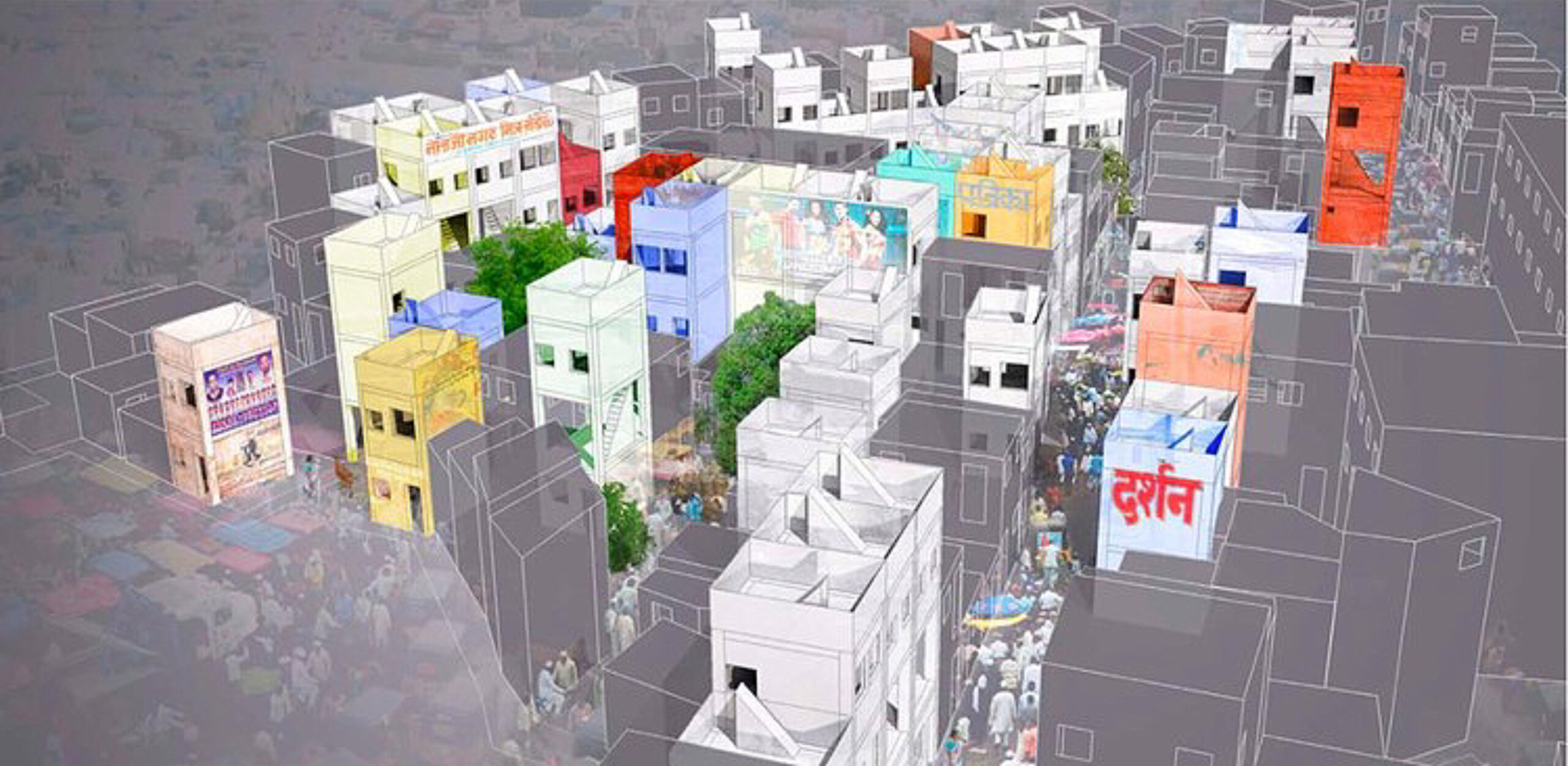| Location | Bay Area, California, USA |
| Date | 1999-present |
| Impact | 100 home upgrades and training for 20-25 participants per workshop |
| Design Team | Laura Allen, Christina Bertea, Tara Hui, Andrea Lara, Cleo Woelfle-Erskine |
| Funders | Fees from service and contract jobs funded by municipal water districts; California Green Jobs Program; Various grants |
| Cost per upgrade | $200-$3000 USD |
| Book | Dam Nation: Dispatches from the Water Underground |



left image: Workshop participants learn how to build a greywater system in one day. Photos: Laura Allen/Greywater Action
right top and bottom image: Diagram of tubing that can be configured to transport water from the washing machine to the garden. Image: John Russell/WaterSprout
Greywater Action began as a grassroots solution for high water consumption. In 1999, founders Laura Allen and Cleo Woelfle-Erskine started a garden behind their housing cooperative. They were shocked when the water bill arrived and decided to build a low-tech greywater reuse system in the backyard. Not only did it lower their bill, it eased the demand on California’s diminishing water tables.
The Oakland-based organization uses advocacy and education to help spread the word about reusing water. The group is run by six core members, including several female plumbers. Greywater can be reused from sinks, showers or washing machines as long as it has not come in contact with human waste. While it may contain traces of dirt, if homeowners switch to eco-friendly detergents and soaps it is a safe irrigation source for yards and gardens. The water can also be used for secondary purposes like flushing the toilet. “Building a greywater reuse system is a way to personally engage in a positive way with the larger, environmentally damaging, water infrastructure that typically serves our communities,” says Allen, who is also a primary school teacher and incorporates greywater use into her curriculum.
For 11 years, Greywater Action built a series of prototypes and observed how they worked over time. Until 2009, California made much of greywater reuse illegal. However, the group, along with others, lobbied to change the city’s policy.
Today, the organization teaches community workshops about building do-it-yourself greywater catchment and distribution systems. “It’s fun to see your laundry water grow a bountiful backyard oasis,” Allen says.

Diagram of tubing that can be configured to transport water from the washing machine to the garden. Image: John Russell/WaterSprout
They designed two main types of greywater reuse systems: laundry to landscape, and branched drain. The first system routes greywater directly from a washing machine’s pressurized drain hose into the garden. In California, this system can be legally constructed without a permit.
















READ OR LEAVE A COMMENT